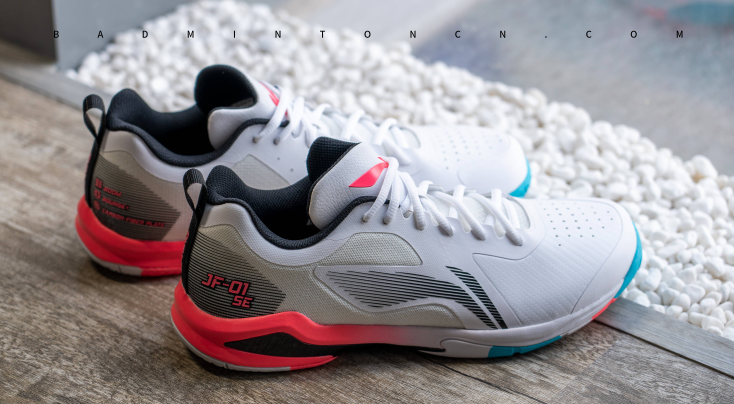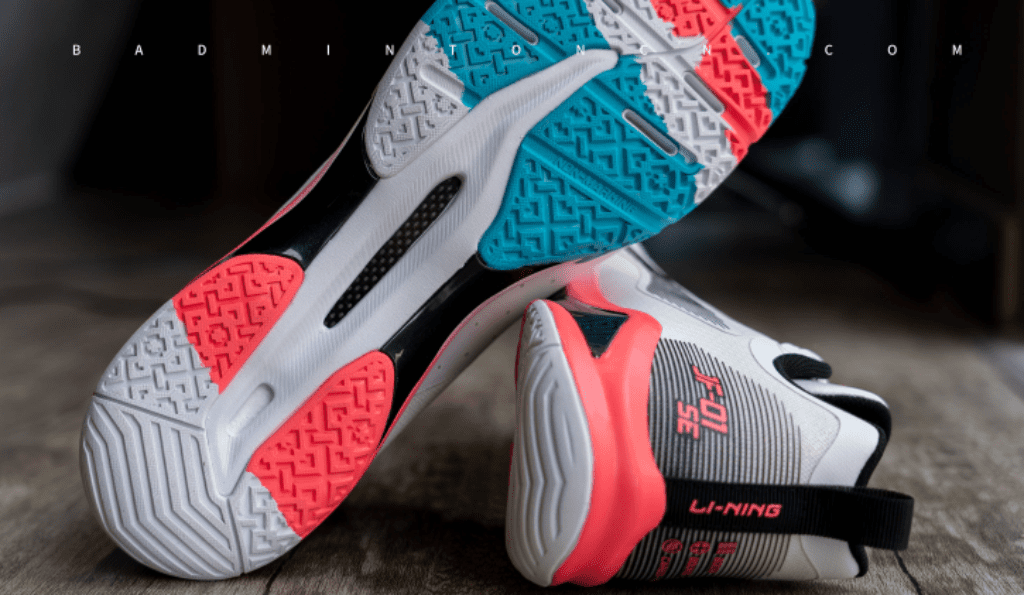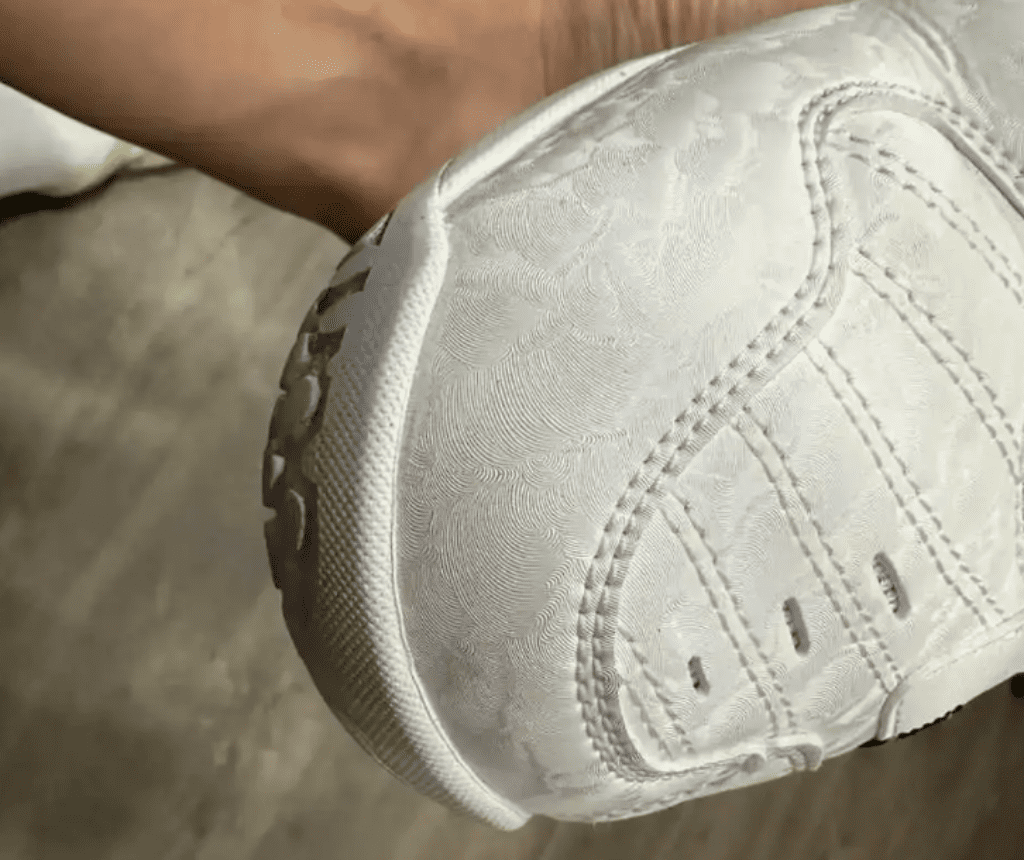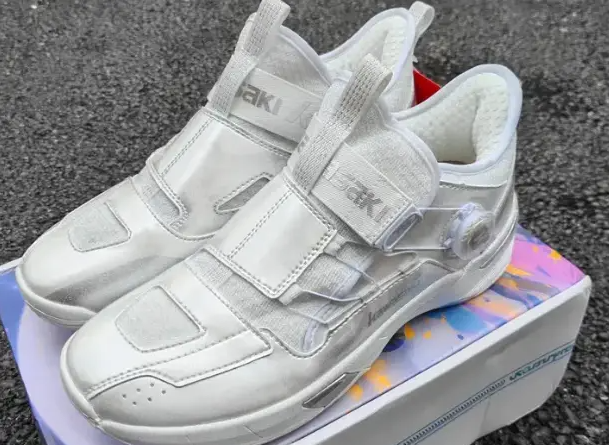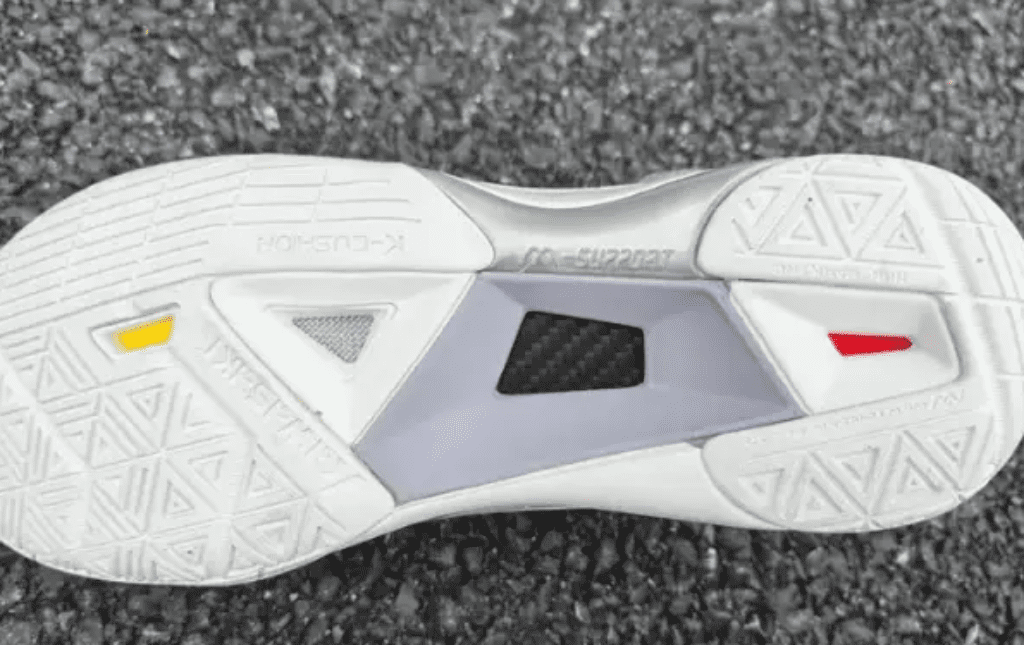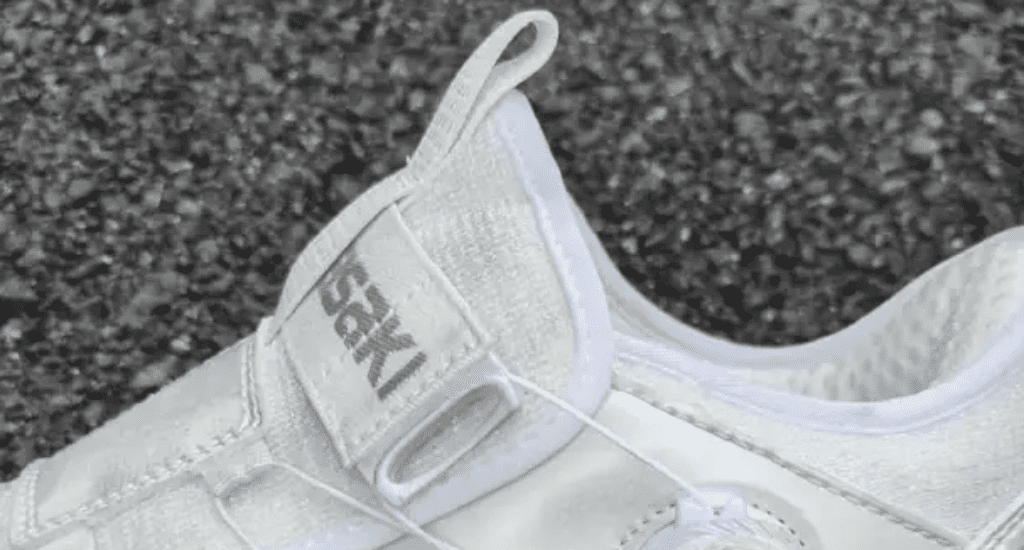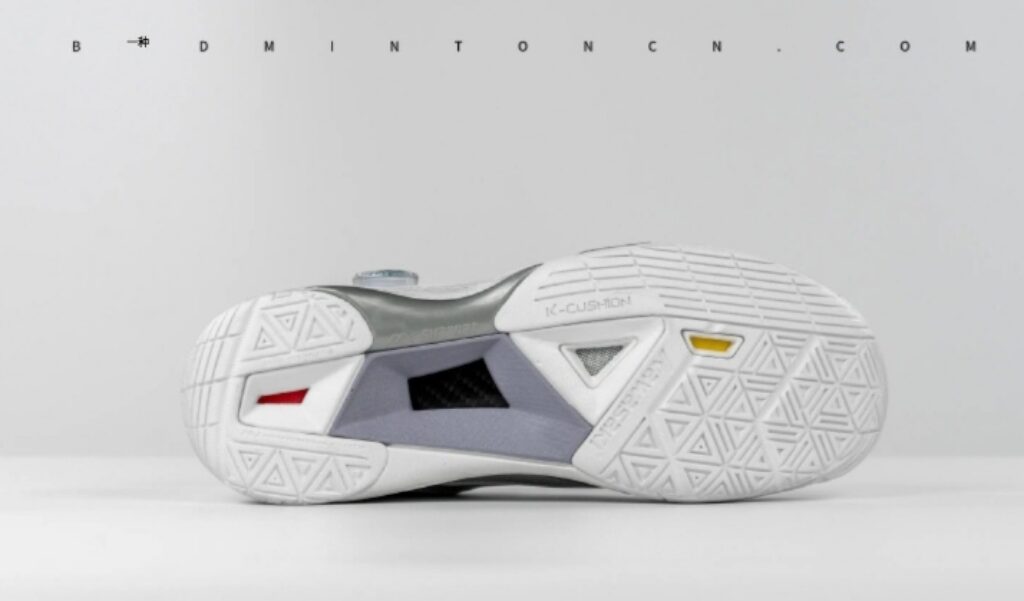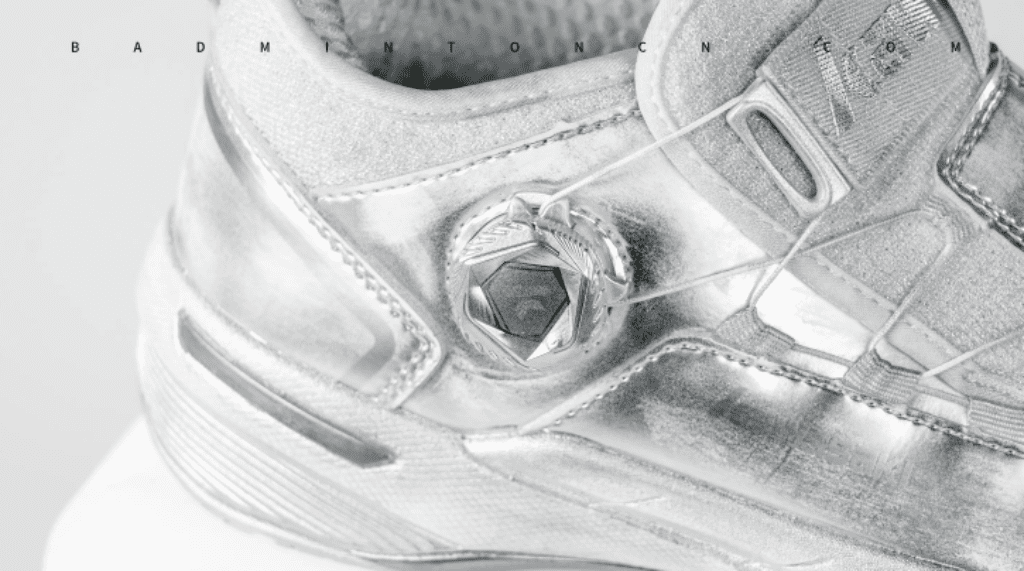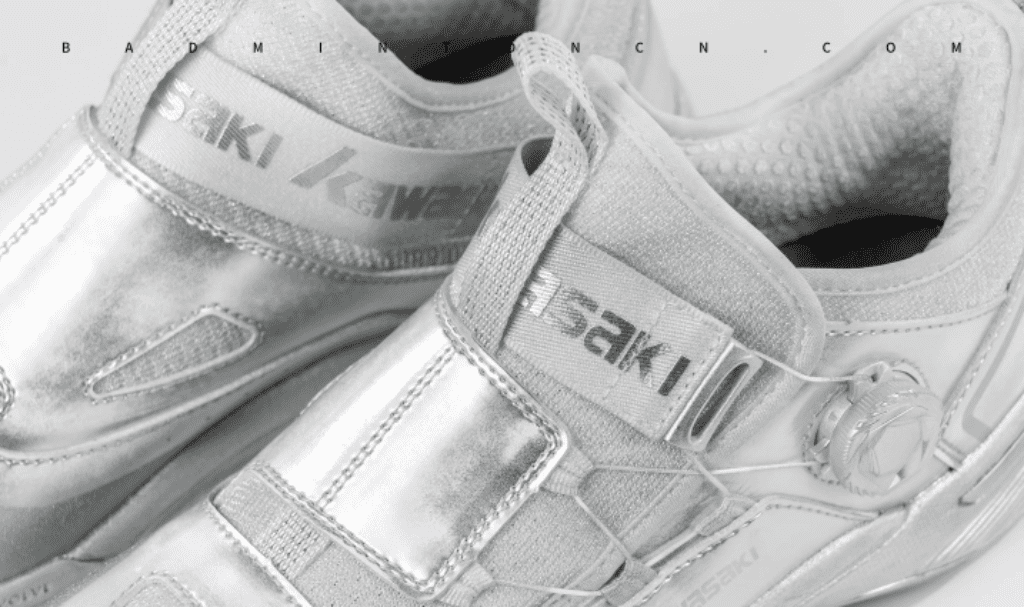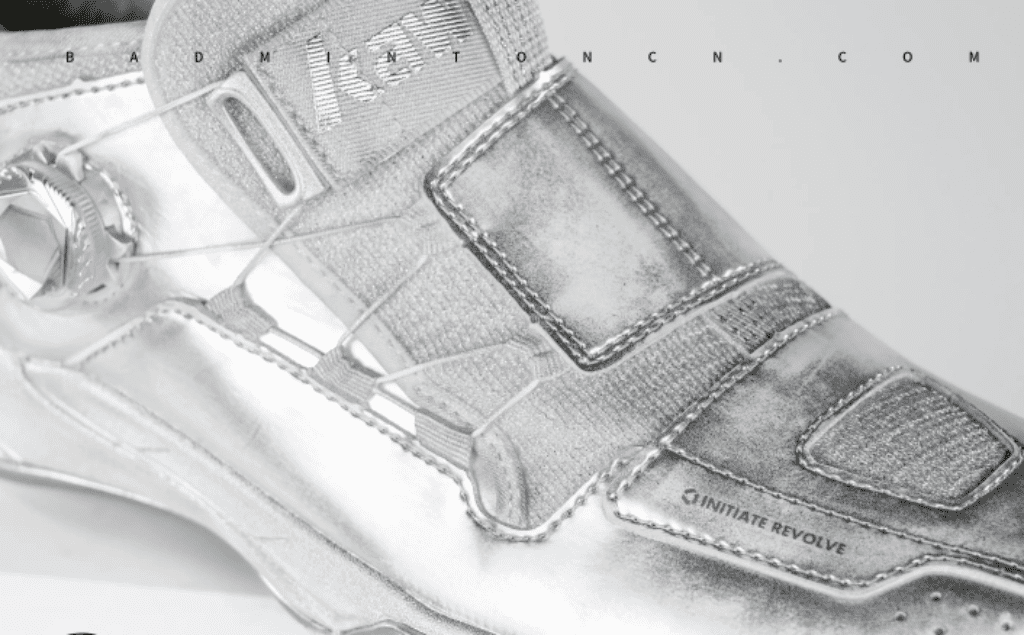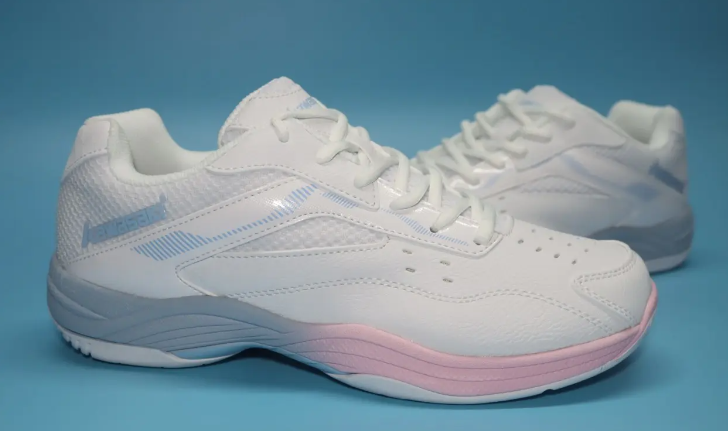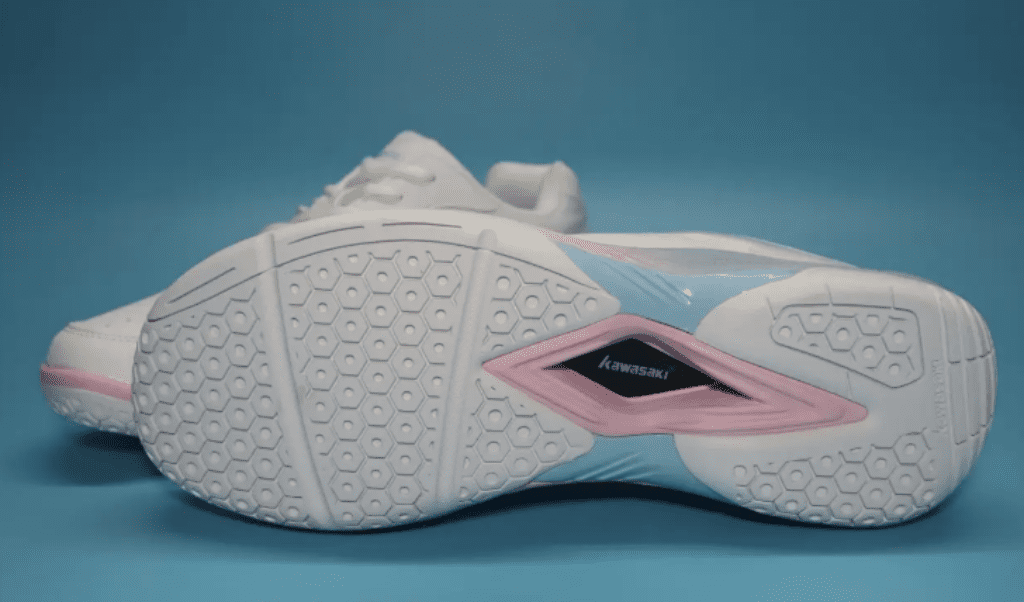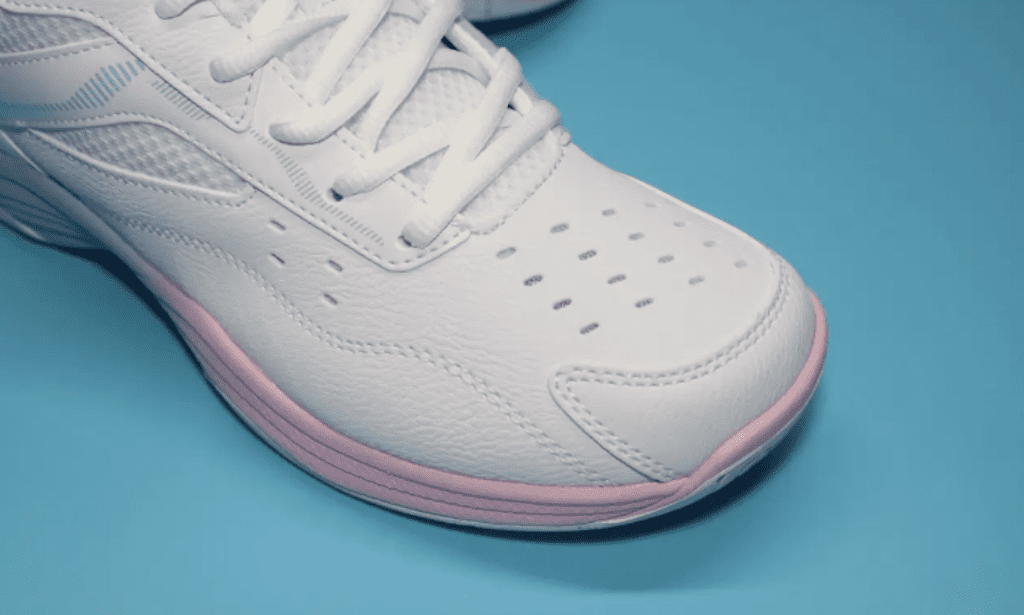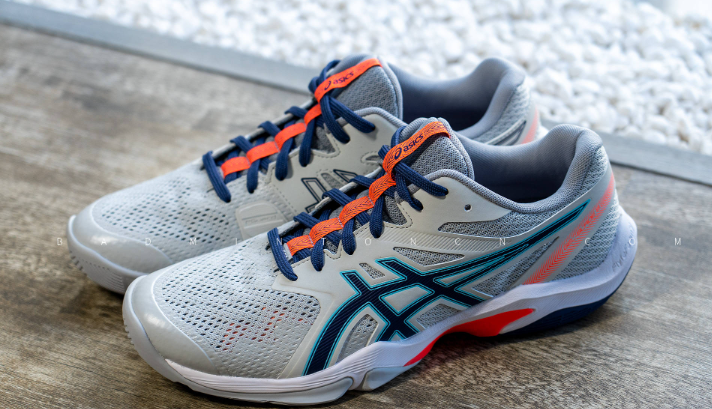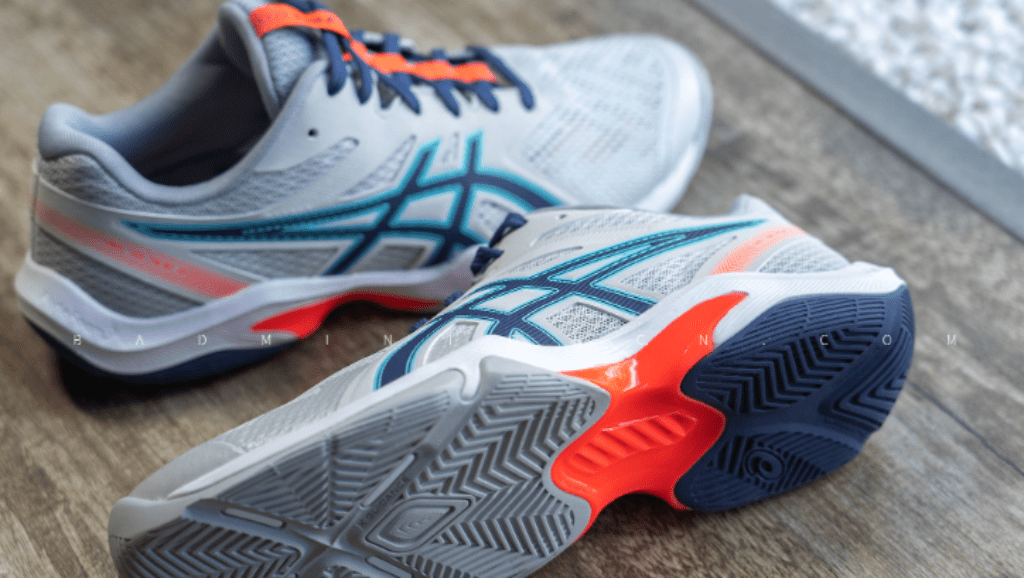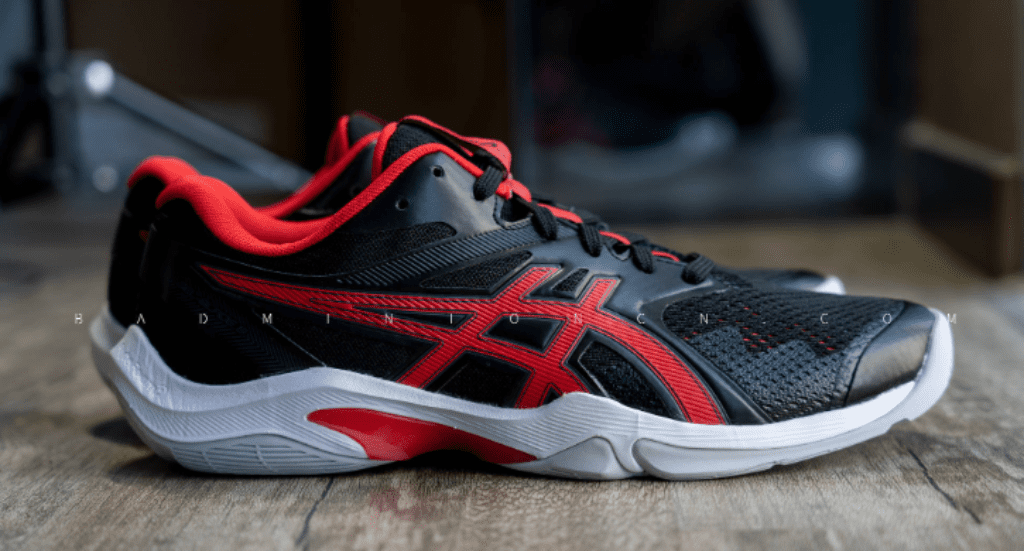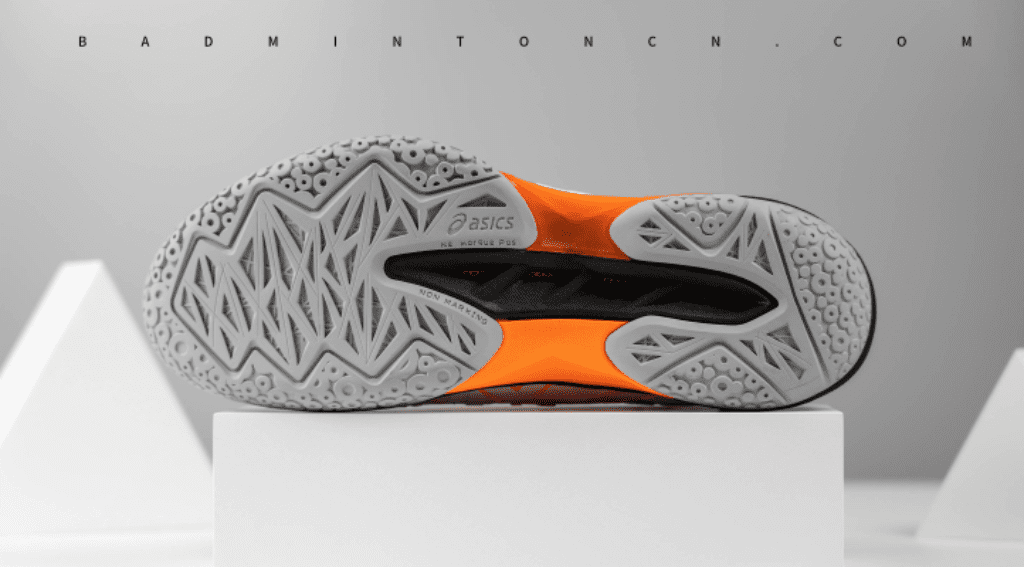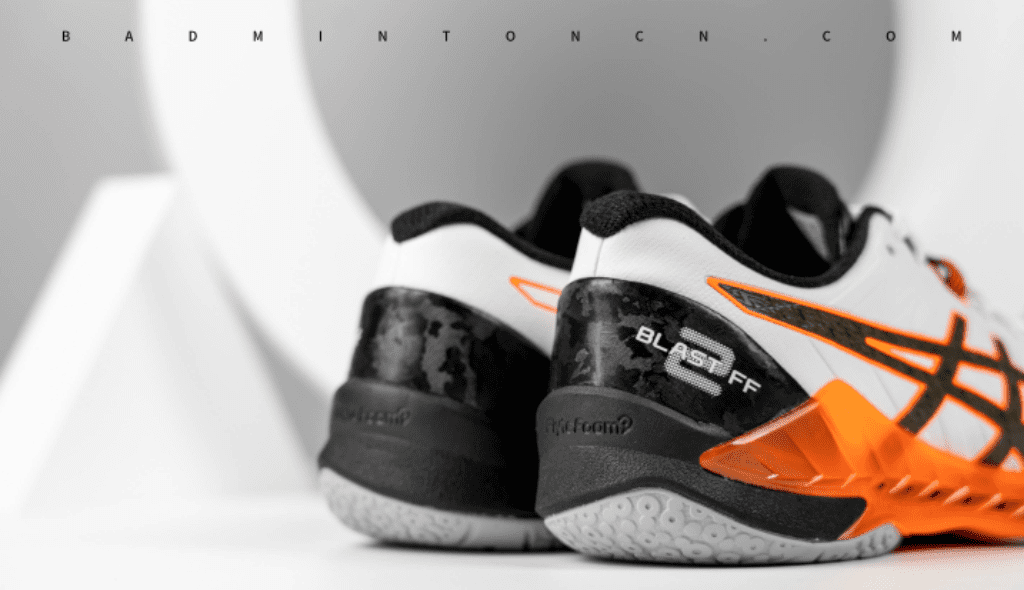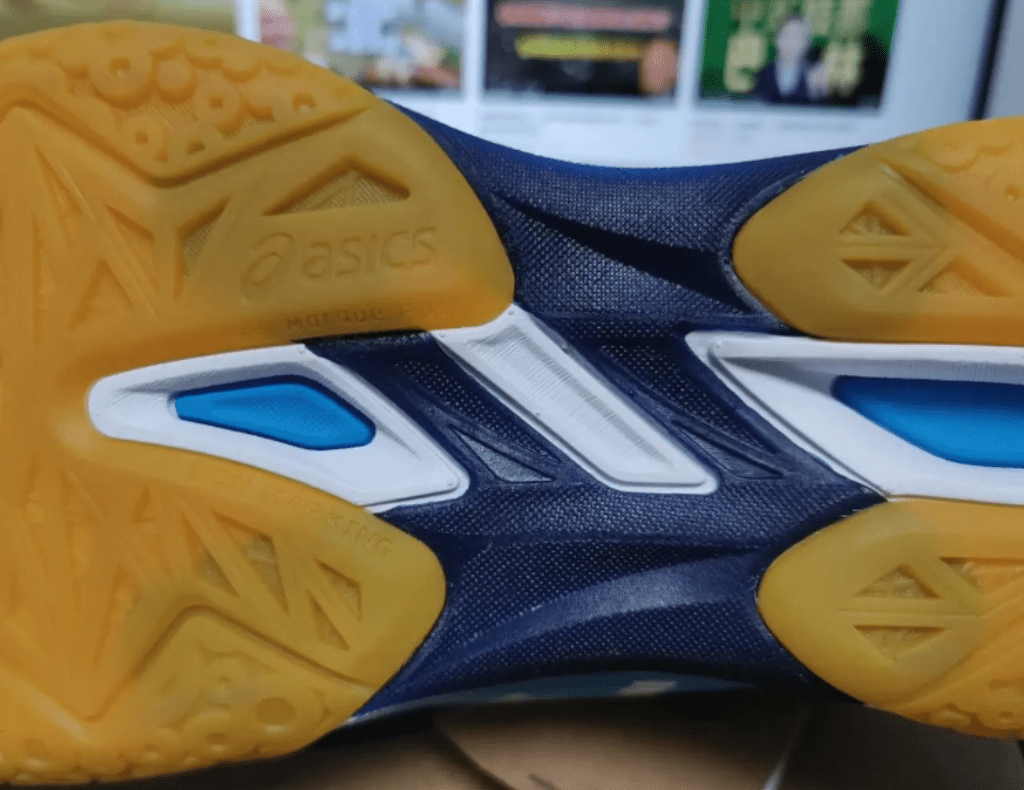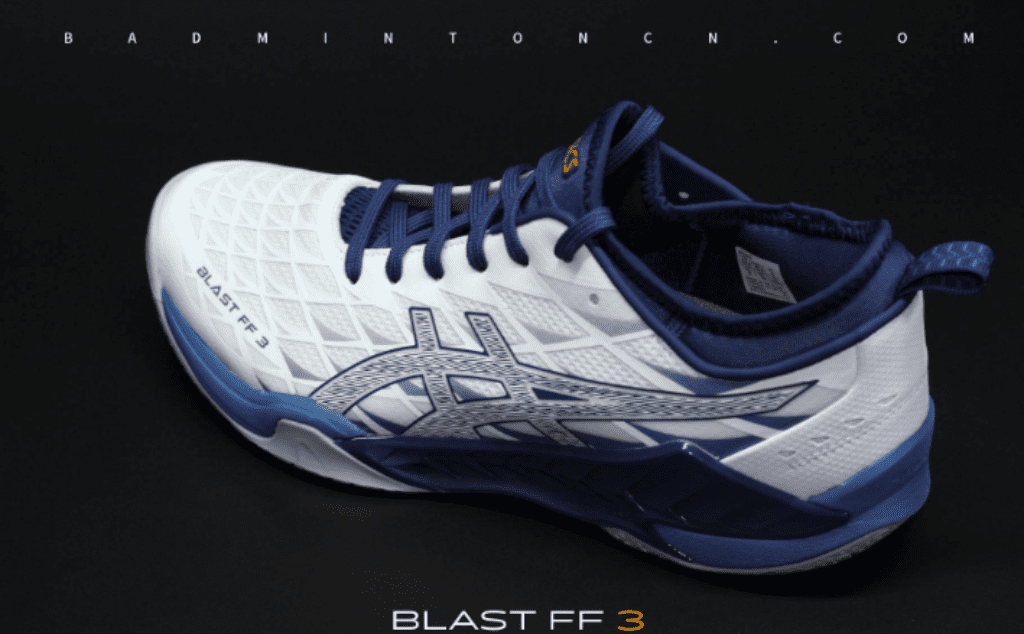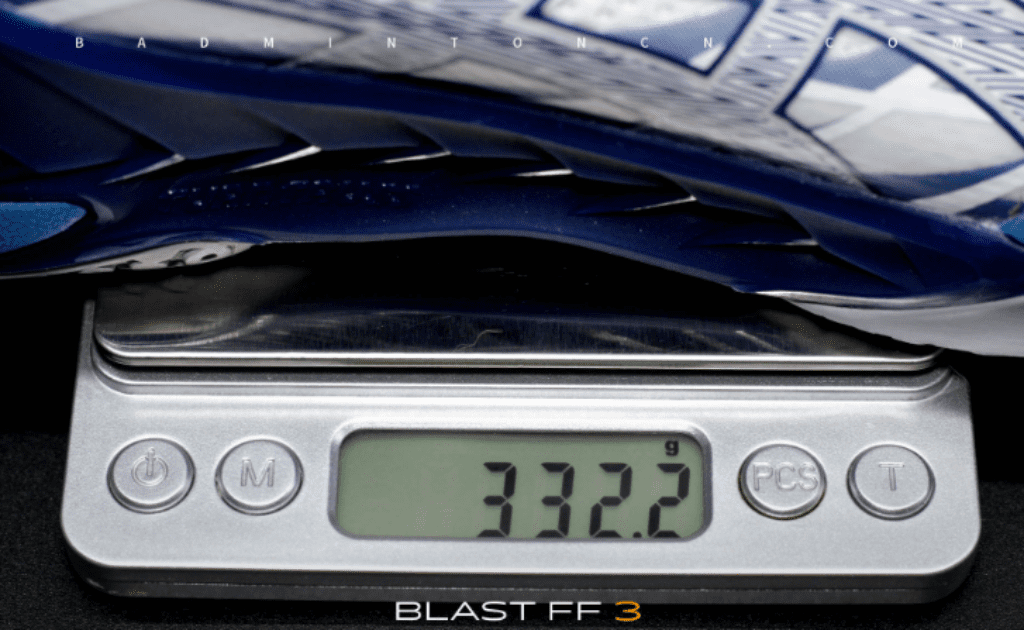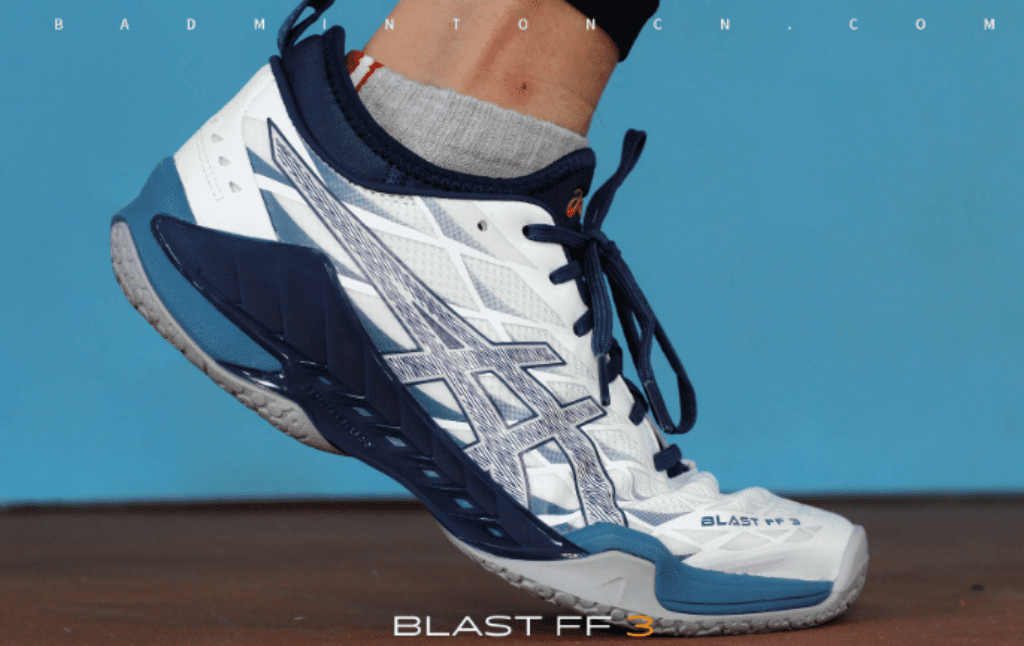Since the launch of the “Sonic Boom” 2nd generation, followed by the 3rd, these two shoe models have been my go-to shoes for badminton matches. I’ve worn the Sonic Boom 2 for 86 matches, including amateur tournaments, traveling with my gear, and squeezing in games whenever possible. The Sonic Boom 3 has also logged 38 matches. (To ensure the accuracy and authenticity of my feedback, I meticulously keep records of each use and the details of my badminton sessions.)
I particularly favor shoes that offer excellent wrapping and stability, even though there are often minor issues that need to be adapted to and resolved during the initial stages of use.
When a shoe leaves a positive impression, it naturally catches my attention for further exploration. As soon as the Sonic Boom 2020, or the 4th generation, was released, I made sure to get my hands on it. With the reopening of badminton halls recently, I’ve been overjoyed to have matches again and the opportunity to test out my new shoes.
In recent years, Li-Ning’s shoe designs have undergone significant changes, embracing innovation, avant-garde styles, and high aesthetics. New designs and technologies such as knitted uppers, sock-like fit, translucent outsoles, and Li-Ning Cloud technology have been adopted in badminton shoes, garnering both praise and some criticism. However, upon closer inspection, this trend is evident across all brands, as they all strive for evolution rather than stagnation.

It’s undeniable that today’s badminton shoes are increasingly visually appealing, offering a wide range of color options for picky players. The Sonic Boom 2020 comes in four colorways for men and three for women, with one color (white) being a unisex option, aptly called the “couple’s colorway.”
Regarding the shoe’s appearance, the Sonic Boom 2020 features a large, nearly full-surface PU material, front and rear cushioning, a prominent carbon plate, unique tongue structure, and lace-eyelet design. While it may resemble traditional Li-Ning badminton shoes at first glance, there are numerous changes upon closer inspection. Compared to the 3rd generation, the 2020 (4th gen) incorporates Li-Ning Cloud midsole technology, a dual-density rubber outsole (translucent + solid-colored), and an extended PROBAR LOC stability structure in the forefoot and heel, with the outer side being even longer. The accompanying carbon plate has also been lengthened, and its edge is reinforced with TPU support that bridges across. The heel area boasts substantial TPU reinforcement and an elevated ankle cuff, along with a longer tongue, all contributing to enhanced stability and protection.
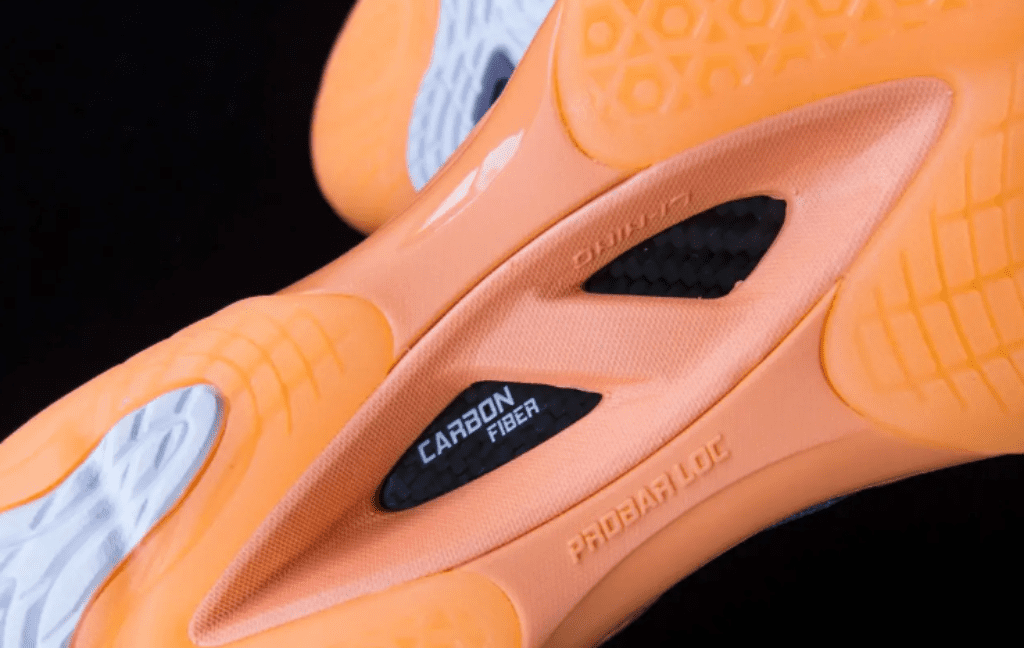
A crucial aspect worth mentioning is the alteration to the forefoot shape. Although it retains the 3-shoe last, the forefoot’s outer side is slightly tapered inwards, resulting in significantly improved wrapping, eliminating the need for narrow-footed players to wear thicker socks for a snug fit. The insole has also undergone changes, with a more pronounced curvature in the forefoot, a narrowing of approximately 1mm+ in width compared to the 3rd generation, and the addition of soft sponge ridges for enhanced grip. The solid EVA material in the forefoot insole has been thinned out.






